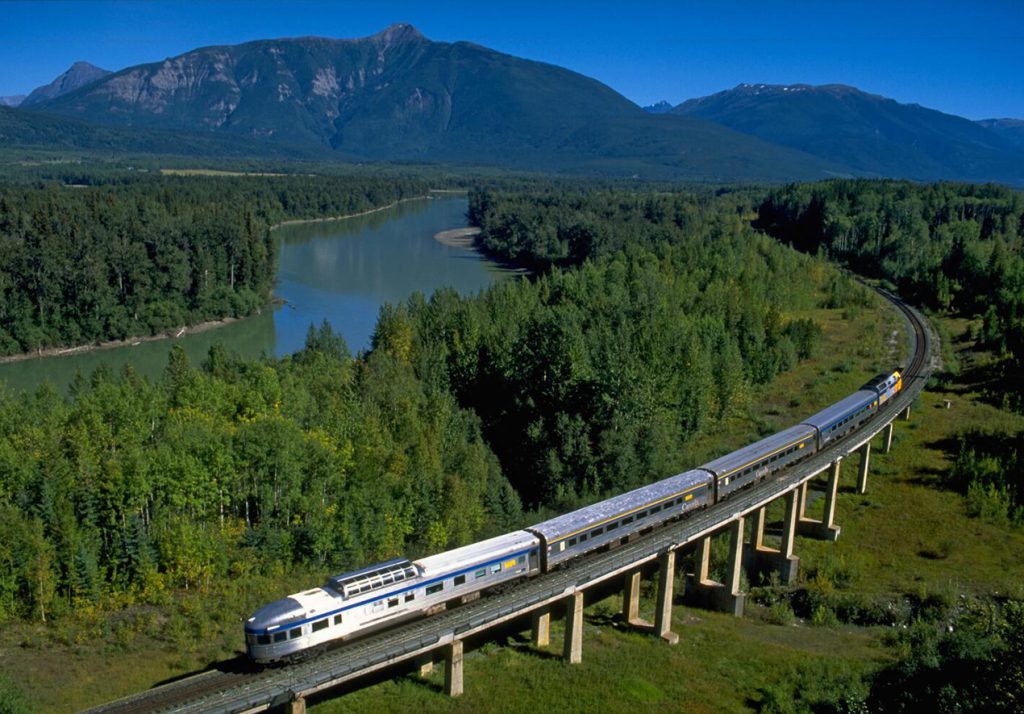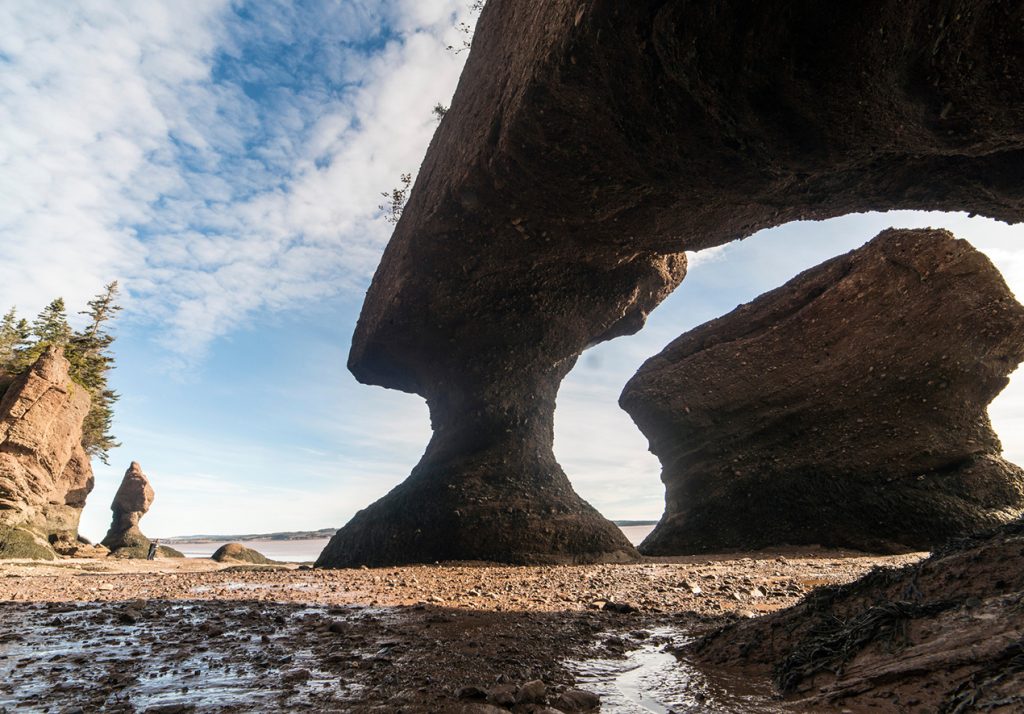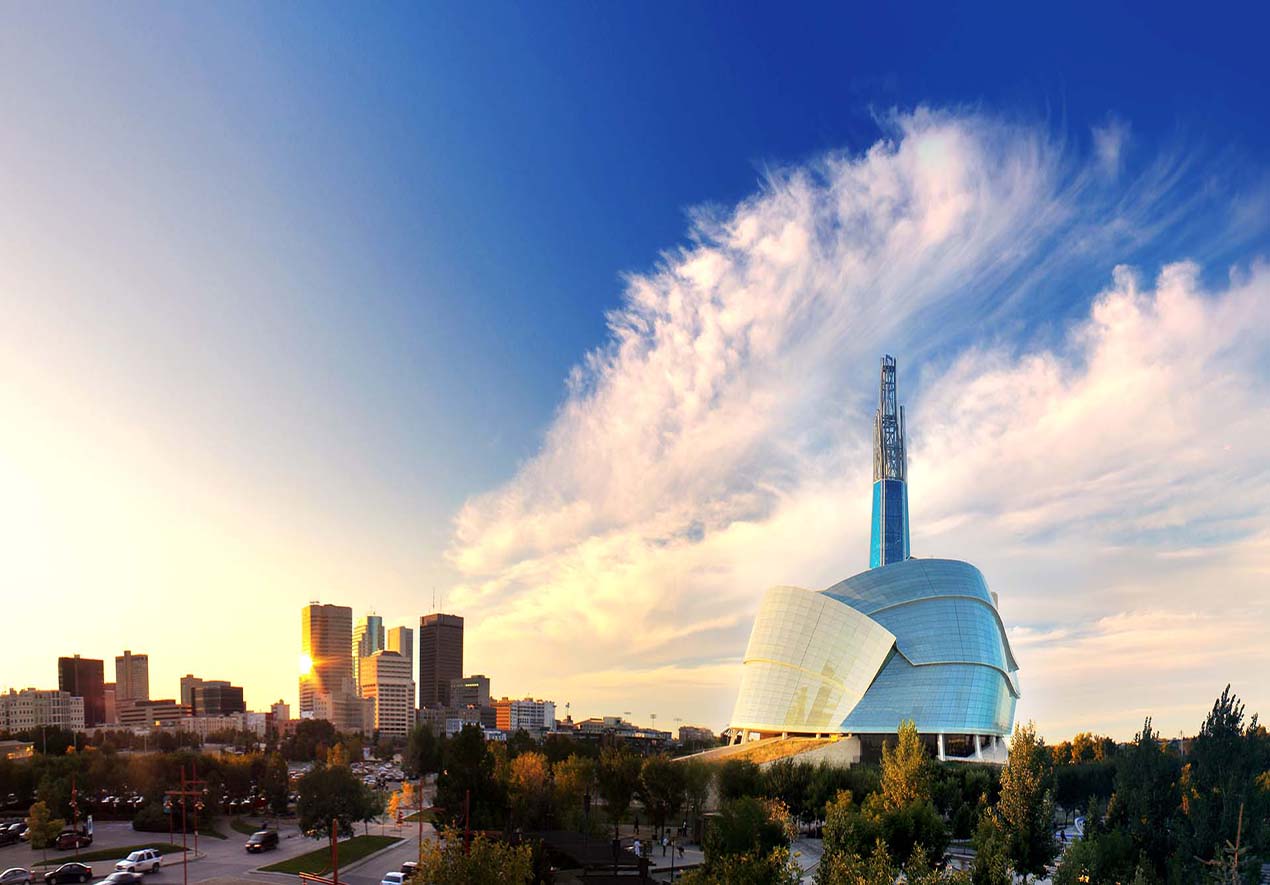New Brunswick, Nestled in the eastern part of Canada, New Brunswick is a hidden gem known for its unique natural landscapes and rich cultural history. If you’re planning a visit to this beautiful province, this article will provide you with all the essential information you need to ensure a smooth and enjoyable trip.
How to Get to New Brunswick?
1. Air Travel
The most convenient way to reach New Brunswick is by air. The province is served by several major airports, making air travel a popular choice for visitors.
- Moncton International Airport (IATA code: YQM): Located in Moncton, this airport is the largest in the province and offers the most frequent flights. It connects to major cities such as Toronto, Montreal, and Ottawa. The airport is well-equipped with various services, including car rentals, dining options, and baggage handling.
- Fredericton International Airport (IATA code: YFC): Situated in the capital city of Fredericton, this airport provides flights to and from major Canadian cities like Toronto and Montreal. It is smaller than Moncton International but offers essential services and a convenient location for exploring the central and southern parts of the province.
- Saint John International Airport (IATA code: YSJ): Located in Saint John, this airport caters to the southwestern region of New Brunswick. It offers flights primarily to Toronto and Montreal. Despite being smaller, the airport is well-maintained and provides a smooth travel experience with essential amenities.
For international travelers, you may need to connect through larger Canadian hubs such as Toronto Pearson International Airport (YYZ) or Montreal-Pierre Elliott Trudeau International Airport (YUL) before arriving in New Brunswick. These major airports offer a broader range of international flights and are well-connected to the New Brunswick airports.
2. Road Travel
If you prefer driving, New Brunswick’s road network is well-developed and user-friendly. This option is ideal for those who enjoy scenic drives or wish to explore the province at their own pace.
- Highway 1 (Trans-Canada Highway): This major highway runs through New Brunswick from the west to the east, connecting major cities like Fredericton, Moncton, and Saint John. It is a crucial route for travelers coming from other provinces in Canada or from the United States. The highway is well-maintained and provides access to various attractions and scenic spots along the way.
- Highway 2: Known as the New Brunswick Highway, this road connects the northern and southern parts of the province, linking cities such as Fredericton and Moncton. It is a major thoroughfare that facilitates travel within the province and connects to other regional roads.
- Traveling from the U.S.: If you’re driving from the United States, you can enter Canada via border crossings such as the Houlton-Woodstock border crossing. Ensure you have your passport and any necessary entry documents, as you will go through customs and immigration checks at the border. Be prepared for potential delays, especially during peak travel times.
3. Train and Bus
While New Brunswick’s train services are limited, there are still options for those who prefer to travel by rail or bus.
- VIA Rail Canada: VIA Rail offers train services connecting major Canadian cities, with connections to New Brunswick via their Montreal-to-Halifax route. You can travel to Montreal and then transfer to a regional bus or drive to reach New Brunswick. The train journey provides a comfortable and scenic experience, although it may take longer compared to flying or driving directly.
- Greyhound Bus Services: Greyhound offers intercity bus services that connect New Brunswick with other Canadian provinces and U.S. cities. Buses typically arrive in major cities like Moncton, Fredericton, and Saint John. This option is convenient for those who prefer not to drive and want to enjoy a leisurely journey. Bus travel can be a budget-friendly choice, though it may take longer than other modes of transportation.
Both train and bus services offer a chance to relax and enjoy the changing landscapes along your route. However, be sure to check schedules and book tickets in advance, as services may vary seasonally or be subject to changes.
Whether you choose to fly, drive, or take a train or bus, New Brunswick is accessible via multiple transportation options. Each mode of travel offers its own benefits, so consider your preferences, schedule, and budget when planning your trip.
Canadian Entry Procedures

1. Visa Requirements
For travelers from China, a visa or an electronic travel authorization (eTA) is required to enter Canada. While an eTA is suitable for travelers from visa-exempt countries, Chinese citizens usually need to apply for a Canadian visa. Ensure your passport is valid for at least six months beyond your intended stay and gather all necessary documents before applying. Detailed visa application guidelines can be found on the website of the Canadian Embassy or Consulate in China.
2. Customs Check
Upon entering Canada, customs officials will review your passport, visa (if applicable), and entry declaration. Be prepared to show your travel itinerary, accommodation bookings, and proof of sufficient financial resources. Having all relevant documents on hand will help avoid any delays at the border.
Do You Need Insurance for Your Trip to New Brunswick?
Travel insurance is a crucial consideration when visiting New Brunswick. Although Canada has an advanced healthcare system, as a foreign visitor, you won’t have access to public health services. Therefore, obtaining travel insurance is a wise decision to ensure your health and safety during your trip.
1. Medical Insurance
It’s recommended to purchase travel insurance that covers medical expenses to address any unexpected injuries or illnesses. Travel insurance typically includes emergency medical assistance, hospitalization costs, and medical evacuation. When choosing an insurance provider, carefully review the policy terms to ensure the coverage meets your needs.
2. Luggage and Property Insurance
In addition to medical insurance, consider coverage for lost luggage or stolen property. Travel insurance that includes coverage for lost, delayed, or damaged luggage can provide compensation if you encounter these issues during your trip.
3. Activity Insurance
If you plan to engage in adventurous activities in New Brunswick, such as hiking or skiing, opt for insurance that includes these activities. Ensure that the activities you plan to undertake are covered by the insurance policy to avoid insufficient coverage in case of an accident.
What is the Best Time to Visit New Brunswick?
New Brunswick experiences four distinct seasons, each offering unique attractions. The best time to visit depends on your preferences for weather and activities.

1. Spring (April to June)
Spring is a wonderful time to visit New Brunswick as temperatures rise and nature begins to bloom. During this season, the coastal areas are picturesque, making it ideal for hiking and bird-watching. The relatively low tourist traffic in spring provides a more tranquil travel experience.
2. Summer (June to August)
Summer is the peak tourist season in New Brunswick. With moderate temperatures, it’s perfect for outdoor activities such as kayaking, camping, and beach swimming. The province’s beaches are especially inviting in summer, with popular spots like Saint John Beach and Cape Pein.
3. Fall (September to November)
Fall brings vibrant foliage to New Brunswick, making it the best time for nature enthusiasts and photographers. The fall colors in places like Fundy National Park and the Gaspé Peninsula are stunning. This season is also ideal for outdoor activities and experiencing local festivals.
4. Winter (December to March)
Winter transforms New Brunswick into a snowy wonderland, ideal for skiing and snow activities. Despite the cold temperatures, winter offers a unique charm with opportunities for skiing, snowshoeing, and enjoying festive events. If you love the serene winter landscape and holiday atmosphere, winter is a magical time to visit.
How Long Should You Spend in New Brunswick?
The amount of time needed to explore New Brunswick varies based on your interests and itinerary. Here are some suggestions:
1. Short Trip (3-4 Days)
If you have limited time, focus on exploring one major city and its surrounding attractions. Cities like Moncton, Fredericton, and Saint John are great for a short trip. In three to four days, you can visit city landmarks, enjoy local cuisine, and engage in some light outdoor activities.
2. Medium Itinerary (5-7 Days)
For a more in-depth experience, a five to seven-day trip is ideal. During this period, you can visit multiple cities, enjoy more natural landscapes, and explore cultural sites such as the Gaspé Peninsula’s beauty and Fundy National Park’s hiking trails.
3. Extended Trip (7+ Days)
If you have ample time, consider spending a week or more to fully explore New Brunswick. This extended itinerary allows you to delve into the province’s diverse offerings, including nature, history, and cultural experiences. You might also include special activities like whale watching or ocean exploration to make your trip even more memorable.
Whether you’re drawn to natural beauty or rich historical experiences, New Brunswick has something to offer every traveler. By understanding how to get there, the entry procedures, insurance needs, the best times to visit, and the time required for your trip, you can plan effectively and ensure a smooth and enjoyable journey. I hope these practical tips help you prepare for your upcoming adventure in New Brunswick. Have a fantastic trip and enjoy discovering all the wonders this province has to offer!




